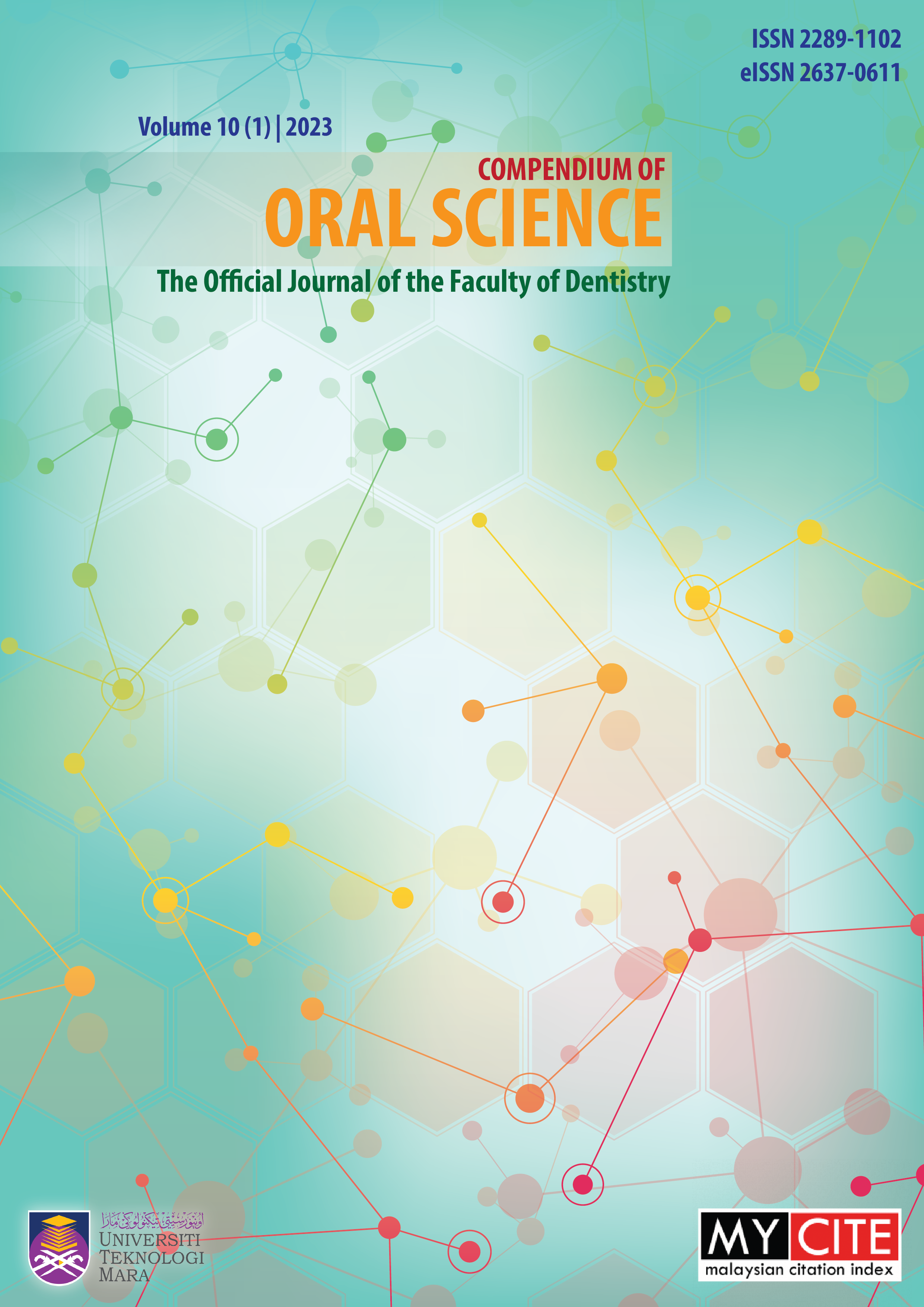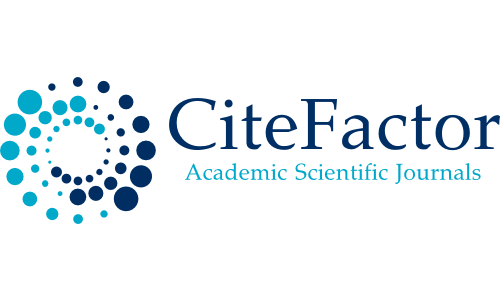Rotary Systems for Root Canal Gutta-percha Removal: A Review
DOI:
https://doi.org/10.24191/cos.v10i1.21623Keywords:
root canal, gutta-percha, removal, retreatment, rotary systems, effectivenessAbstract
Gaining a predictable outcome in endodontics is complicated by handling an endodontically treated. Compared to primary root canal therapy, non-surgical endodontic retreatment typically entails the removal of previous root filling materials. This process may be necessary to enable access to contaminated canal space for recleaning and to remove obturation materials that may have been contaminated by marginal penetration of microorganisms and microbial toxins. The achievement of patency at the canal terminus and the extension of cleaning as close as possible to the apical terminus have been identified as healing prognostic criteria.
Gutta-percha (GP) is the current mainstay material utilised as an endodontic filling material, capable of performing comprehensive, three-dimensional sealing of the treated root canal system in a highly effective manner with considerable physical durability. Interestingly, since its initial discovery in the 17th century, GP remains to this day the ideal obturation material used across, in essence, all dental clinics globally due to its material properties and versatility for use in conjunction with sealer compounds.
The development of GP removal systems that can manage to remove GP in its entirety from root canals during non-surgical retreatment procedures is currently highly desirable for dental practices. This literature review investigated this current research niche and scrutinised two prevalently utilised rotary systems – Edgefile-XR and the XP-Endo shaper systems.
Downloads
Published
How to Cite
Issue
Section
License
Copyright (c) 2024 Compendium of Oral Science

This work is licensed under a Creative Commons Attribution-NonCommercial 4.0 International License.
Materials contained in the journal may be reproduced for educational purposes provided that both the author(s) and the journal are appropriately recognised; otherwise duplication is not permitted. No articles, reports, or portions there of may be translated into other languages, published in books, journals, magazines, or any other print form without written permission from the authors and from the journal.
Disclaimer: The statements, opinions and data expressed in the articles and reports herein are those of the author(s) and not of the publisher and the editor(s). The publisher and the editor(s) disclaim responsibility for any injury to persons or property resulting from any schemes, methods, instructions or ideas referred to in the content.















